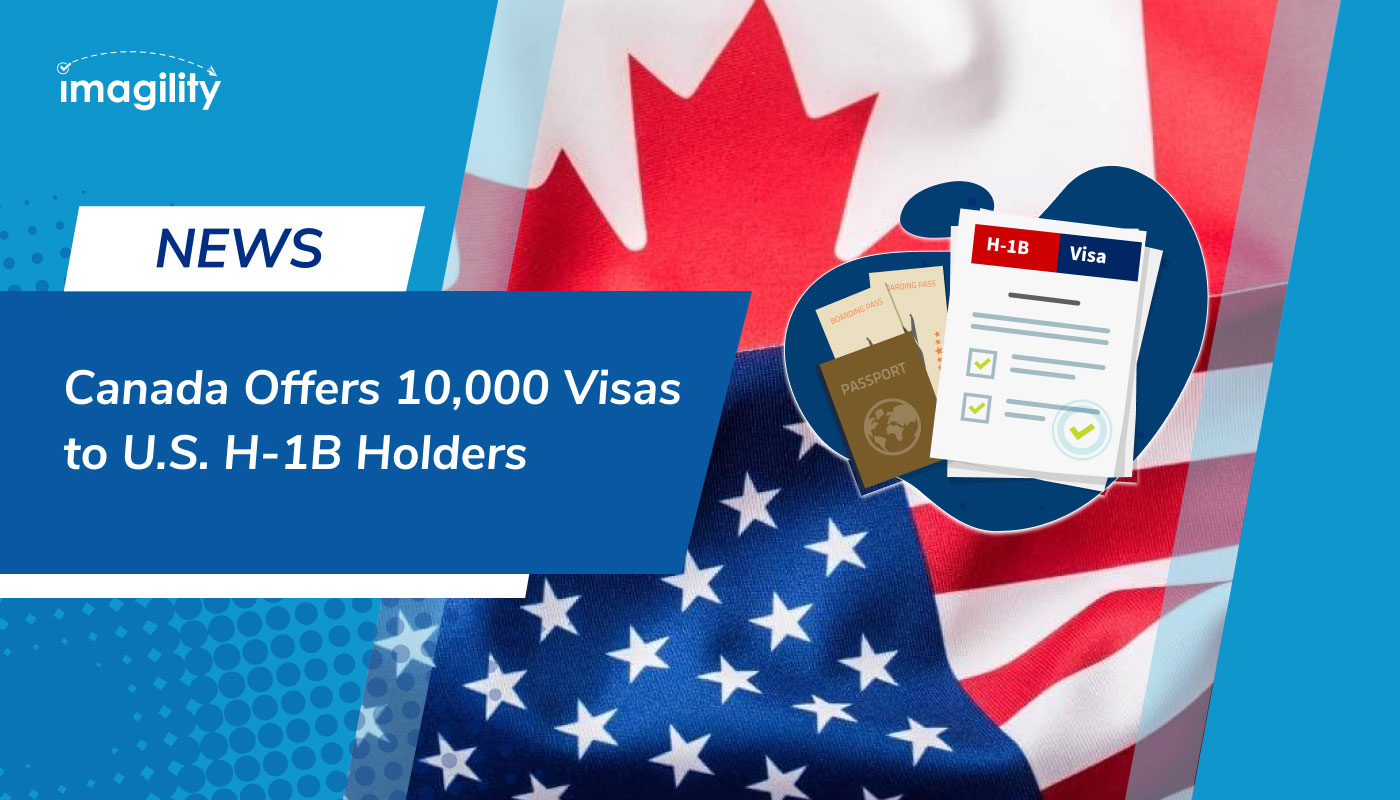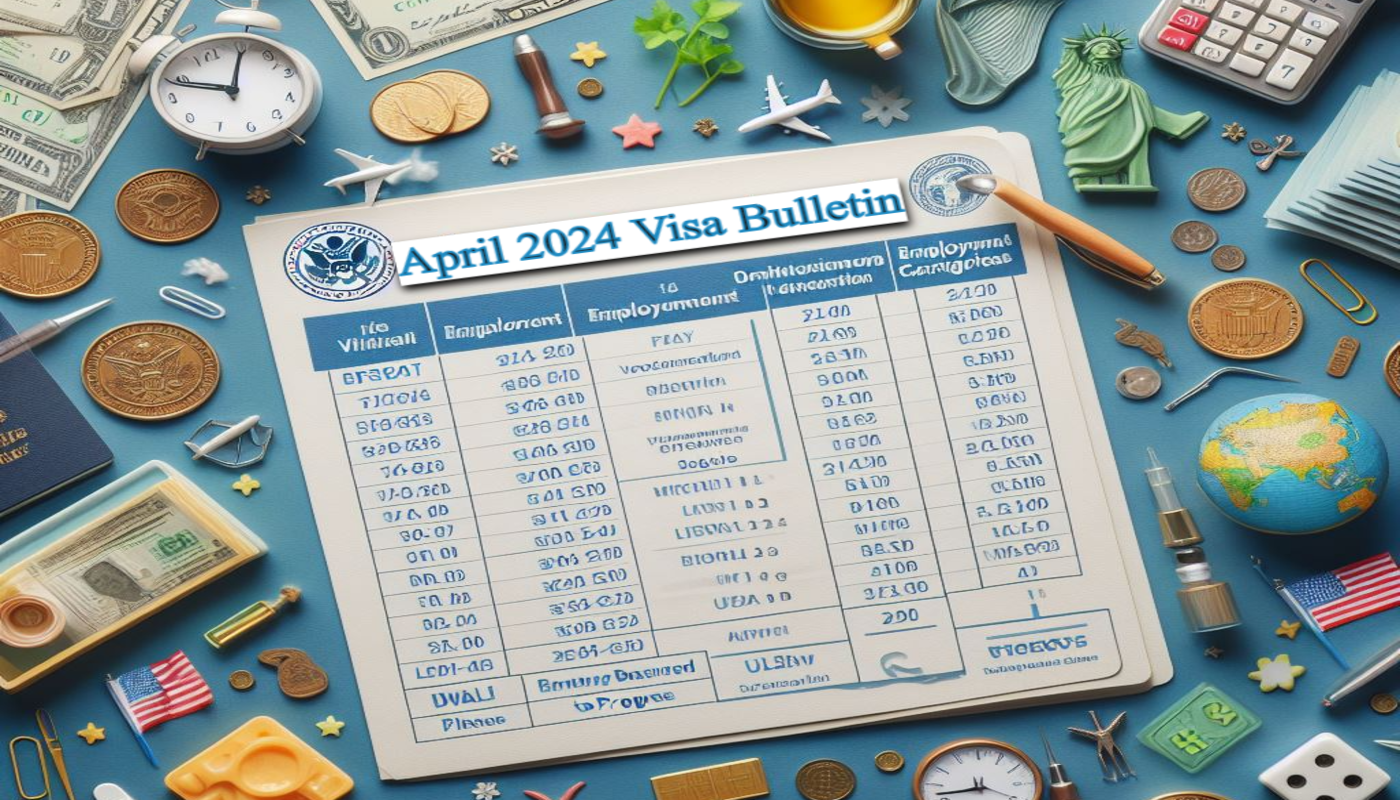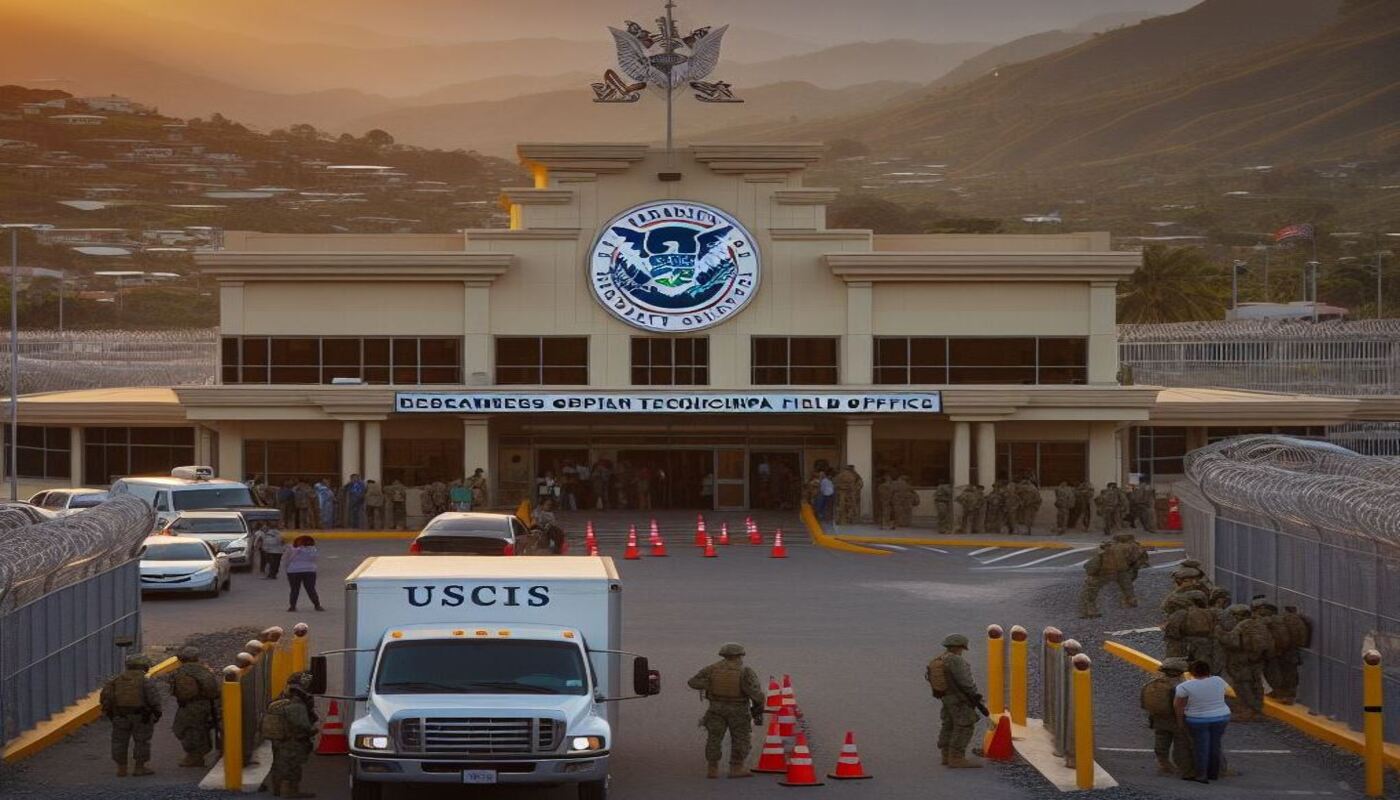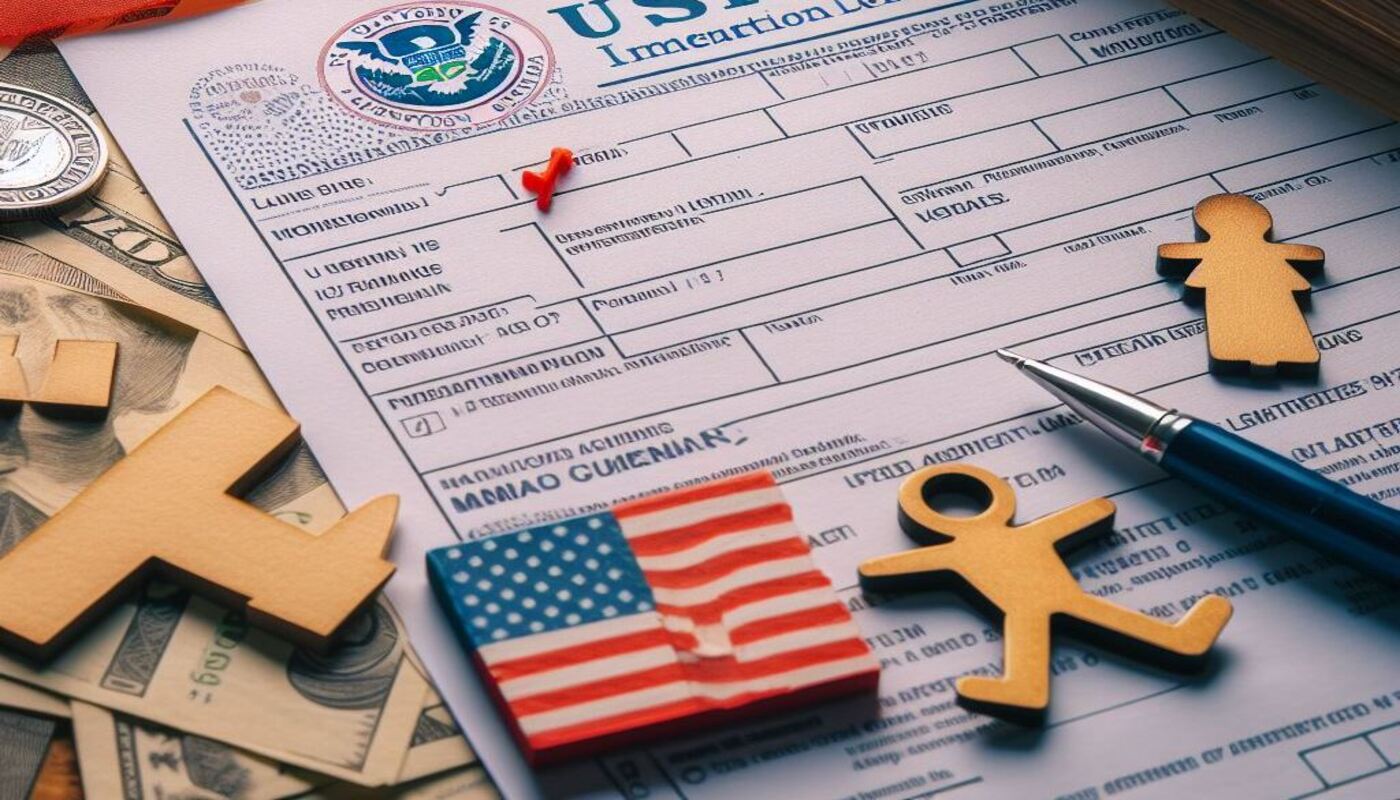USCIS Unveils New Opportunities for F Visa Students in Immigrant Visa Eligibility
The U.S. Citizenship and Immigration Services (USCIS) has issued extensive policy guidance concerning F and M student nonimmigrant classifications, particularly focusing on the eligibility criteria for immigrant visas. According to the released document, F1 visa students may now be considered as beneficiaries of permanent labor certification applications or immigrant visa petitions while demonstrating their intention to depart after a temporary stay.
The comprehensive guidance from USCIS aims to provide clarity on procedures and requirements for F and M students and their dependents in the United States, covering aspects such as employment authorization, status changes, extensions, and reinstatements.
Excitingly, the policy revision expands opportunities for F students who have completed STEM degrees (science, technology, engineering, and mathematics) in the U.S. These graduates can now leverage their 36 months of Optional Practical Training (OPT) to work at early-stage startups. However, certain conditions apply, including adherence to training plan requirements, maintaining good standing with E-Verify, and providing compensation on par with U.S. workers in similar positions.
The F-1 visa classification caters to students engaging in academic studies at accredited institutions in the U.S., including colleges, universities, seminaries, conservatories, academic high schools, elementary schools, or language training programs.
On the other hand, the M-1 visa category is specifically for students pursuing vocational or non-academic studies, excluding language training programs. M-1 visa holders are admitted for a fixed period, typically the duration of their training program plus any practical training, followed by a 30-day grace period. It’s important to note that M-1 students face more stringent restrictions on their ability to work while in the United States compared to F-1 students.
Source: MSN



















